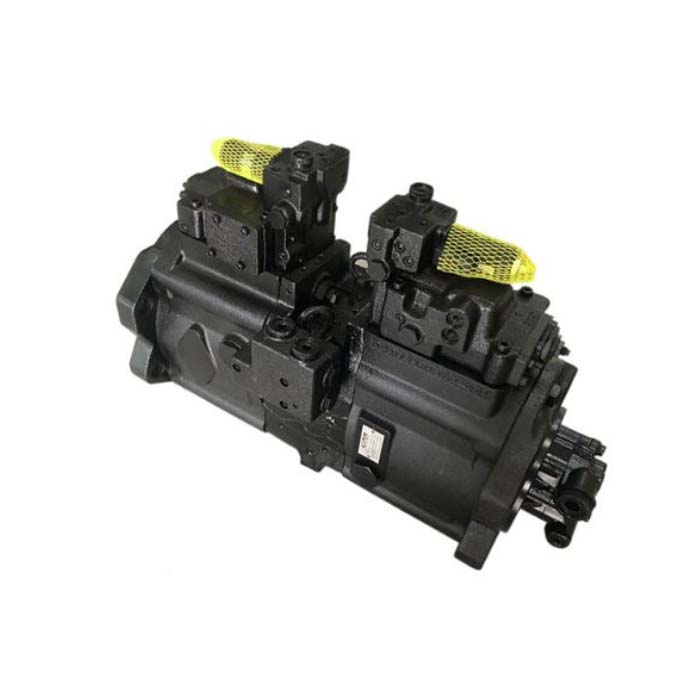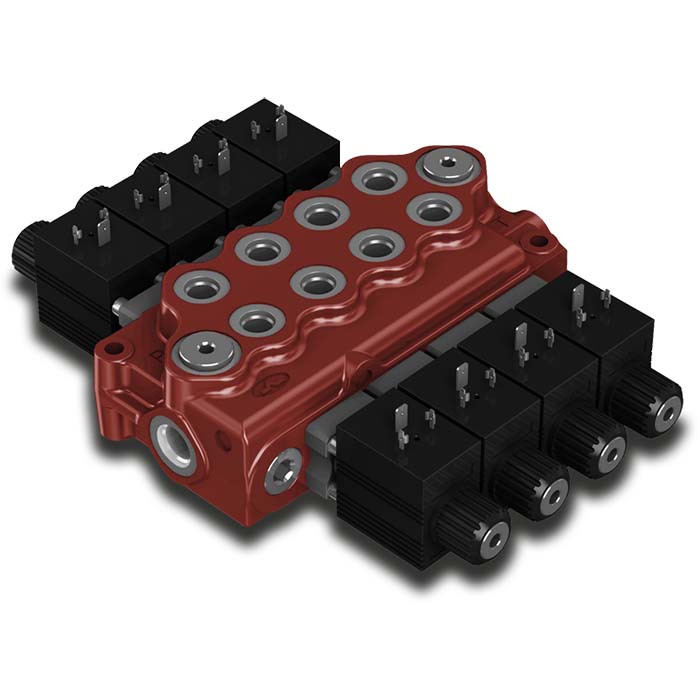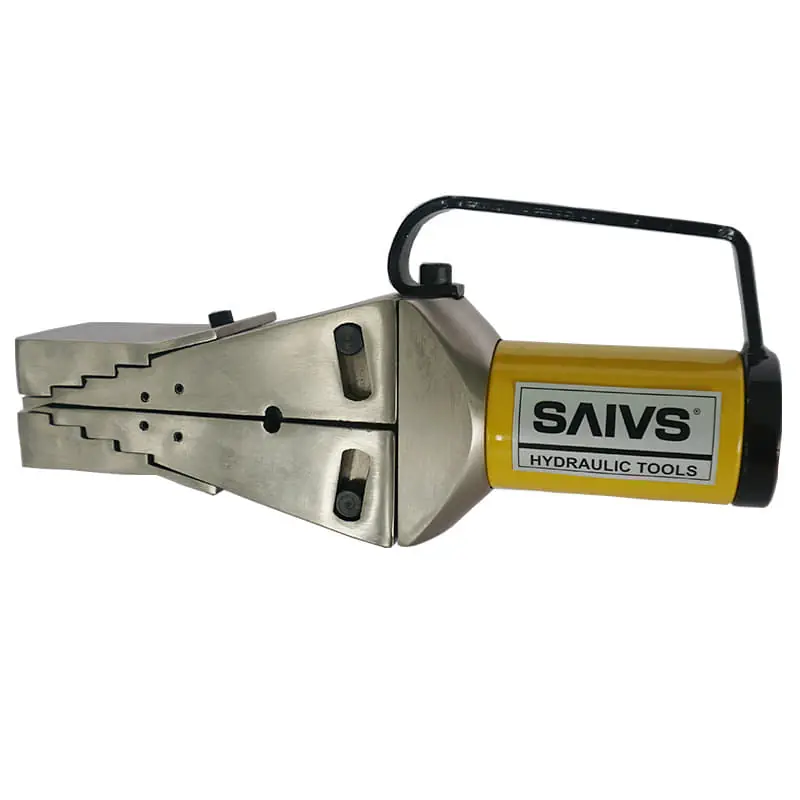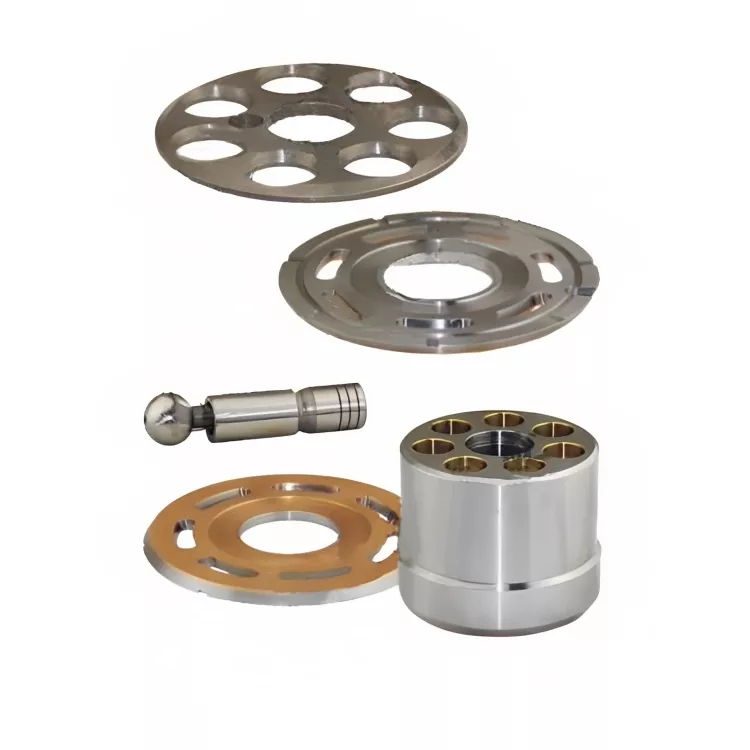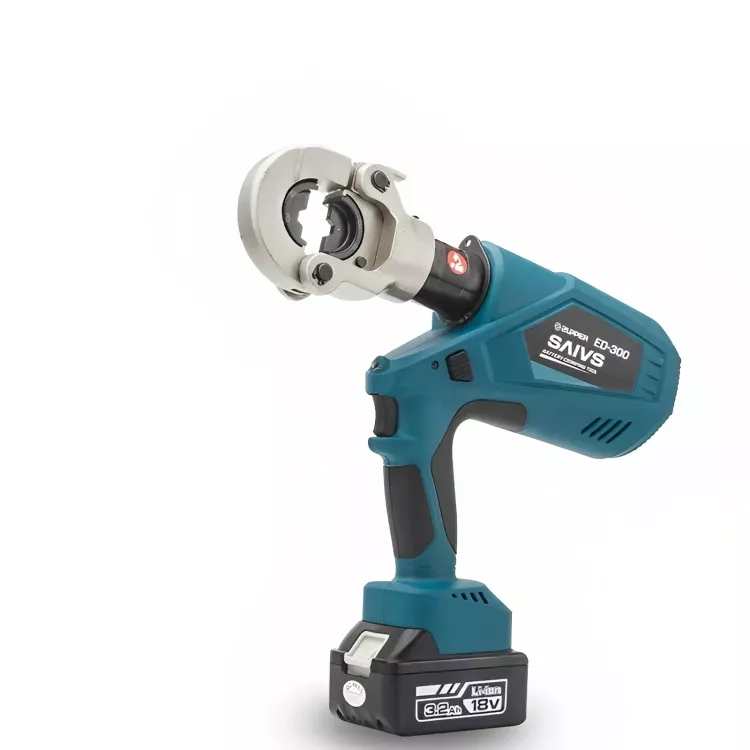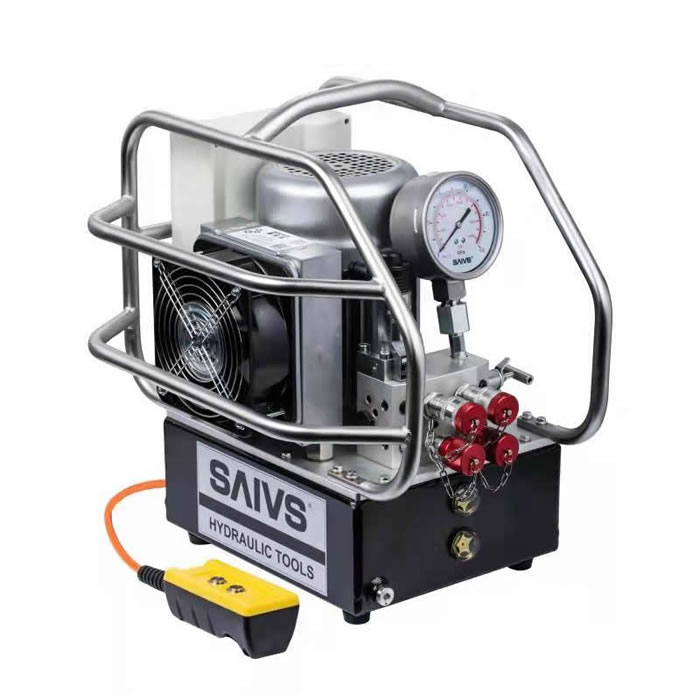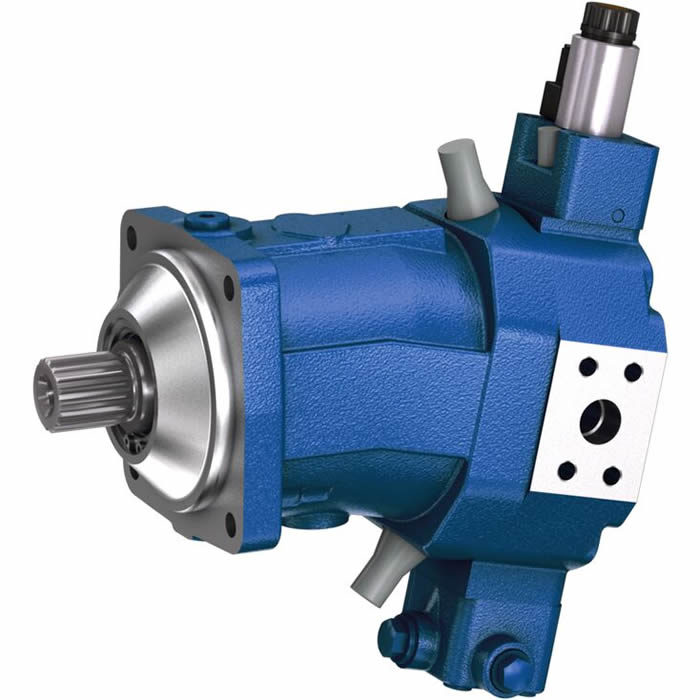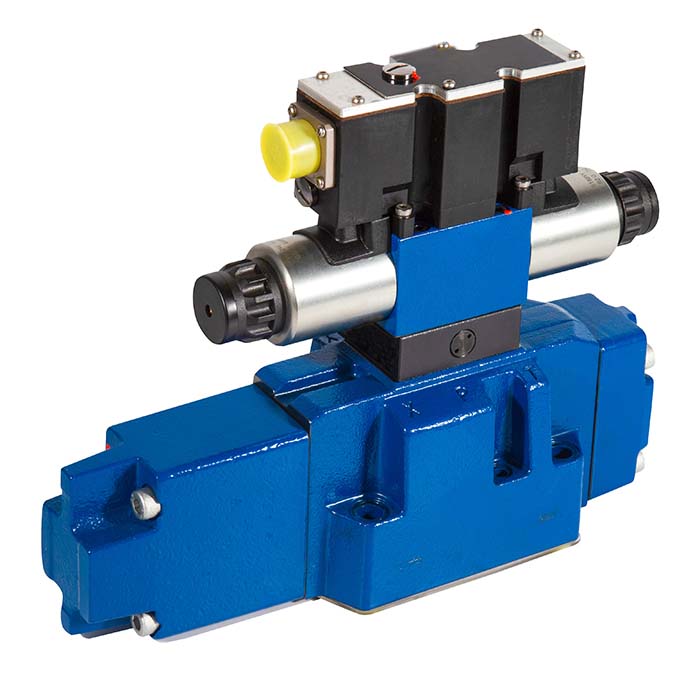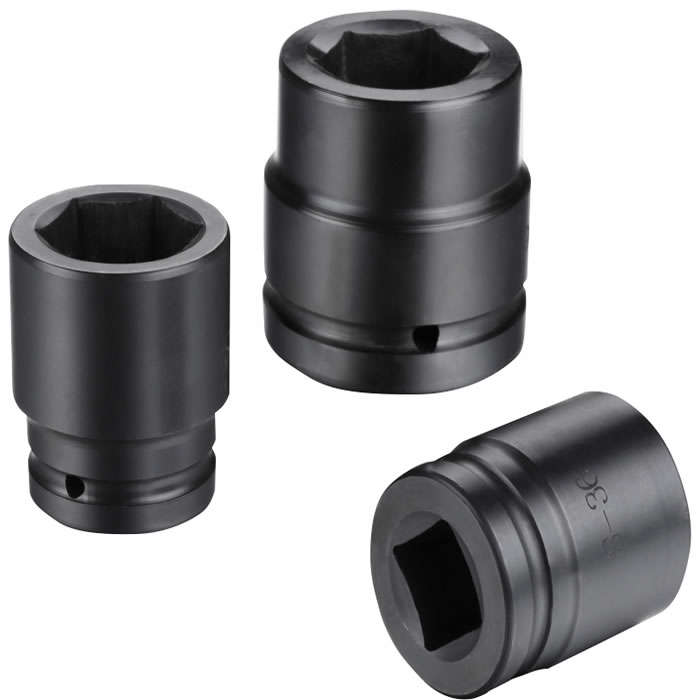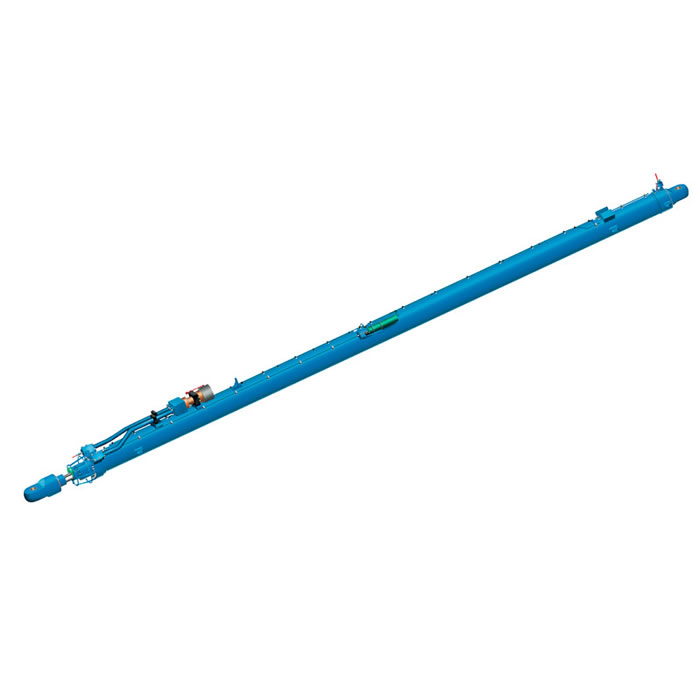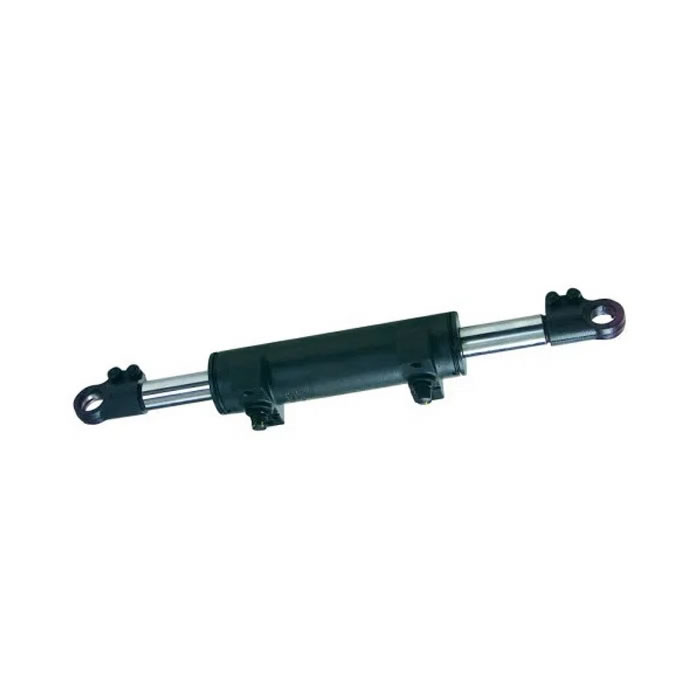Unveiling the Secrets: Importance of Pump Nameplates
What is a pump nameplate?
A pump nameplate is an identification plate mounted on the pump equipment, usually made of metal or durable plastic, engraved with the pump's main technical parameters and manufacturing information. Nameplate information includes but is not limited to, pump model number, power, flow rate, head, efficiency, speed, date of manufacture, and manufacturer's name and contact information.
Importance of the nameplate
1.Provide key operating parameters
Model number and specifications: The nameplate identifies the pump's model number and specifications to help users quickly identify the type of equipment and ensure that the correct products and accessories are used during purchase, installation, and maintenance.
Flow and head: The flow and head parameters on the nameplate are performance indicators of the pump under specific conditions, helping users to choose the right pump according to system requirements.
Power and Efficiency: Pump power and efficiency information helps users understand the pump's energy consumption and operating costs to carry out energy-saving assessment and economic analysis.
2.Ensure safe operation
Maximum Allowable Working Pressure: The nameplate usually indicates the maximum allowable working pressure of the pump, preventing users from exceeding the pressure during use and ensuring the safety of equipment and systems.
Temperature Range: Temperature range information on the nameplate enables the user to operate the pump at the proper temperature conditions, avoiding malfunctions or damage due to too high or too low temperatures.
3.Facilitates maintenance and repair
Manufacturer's information and serial number: The manufacturer's information and serial number on the nameplate enables the user to contact the manufacturer for technical support, spare parts, and service when needed. The serial number helps track the product's manufacturing and maintenance records.
Operator's Manuals and Technical Documents: The information on the nameplate is usually consistent with the contents of the operator's manuals and technical documents, making it easy for the user to find and refer to the relevant information for proper installation, operation, and maintenance.
4.Regulations and Certifications
Compliance and Certification Marks: The pump nameplate may contain compliance with certain industry standards and certification marks such as ISO, CE, etc. These marks indicate that the product complies with the relevant regulations. These marks indicate that the product complies with relevant regulations and quality standards, increasing the user's confidence in the quality and safety of the product.
5.Help with technology selection and optimization
System matching and optimization: The information provided on the nameplate can help engineers and technicians in the design and optimization of fluid systems to select the most suitable pump to ensure efficient operation and optimal performance of the system.
How To Read Kawasaki Pump Nameplate
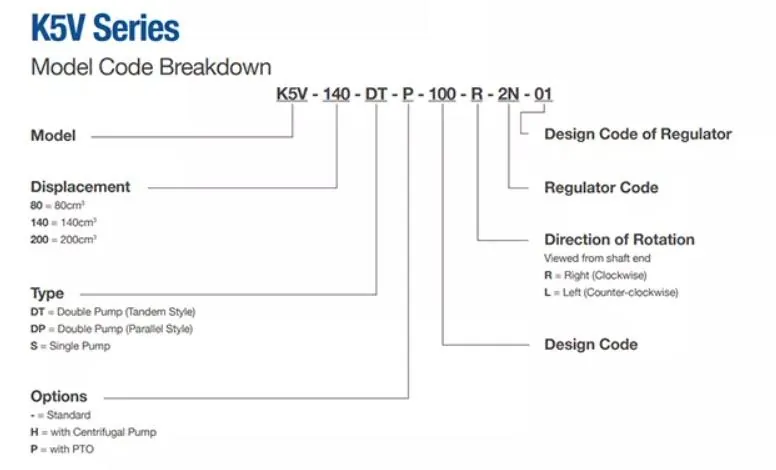
K5V: represents the Kawasaki pump series model
140: represents the Kawasaki pump displacement
80=80cm³
140=140cm³
200=200cm³
200=200 cm
DT: represents the Kawasaki pump structure type
S: single pump
DT: Tandem pump
DP: Parallel pump
Options
–:standard
H: with a centrifugal pump
P: with PTO
100: Design Code
R: direction of rotation
L: left
R: right
2N: regulator code
01: design code of regulator
*Additional Notes
The pump displacement is the volume of fluid that the pump can move per revolution.
The pump structure type indicates how the pump stages are arranged. A tandem pump has two pump stages in a single housing, while a parallel pump has two separate pump housings.
The options indicate additional features that are included with the pump. A centrifugal pump is used to prime the hydraulic pump, a PTO (power take-off) is used to connect the pump to an external power source, and a design code indicates the specific configuration of the pump.
The direction of rotation indicates the direction in which the pump shaft rotates.
The regulator code indicates the type of regulator that is used with the pump.
Pump nameplates serve as invaluable tools for users, providing a wealth of information that empowers informed decision-making throughout the pump's lifecycle. By understanding and interpreting the symbols and codes etched onto the nameplate, you can harness the full potential of your pump, ensuring optimal performance, safety, and longevity.
Remember, a pump nameplate is not just a collection of numbers and letters; it's a gateway to a deeper understanding of your pump's capabilities and limitations. Embrace the knowledge it holds, and your pump will reward you with years of reliable service.

